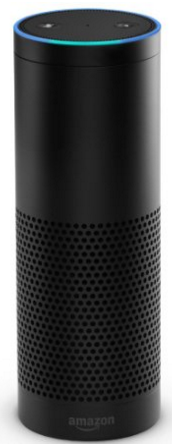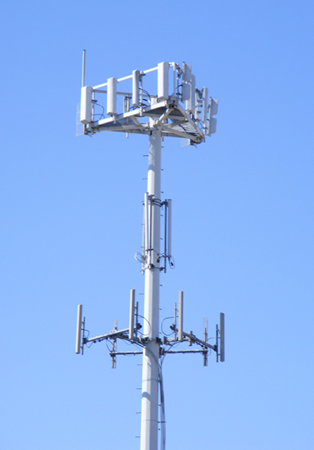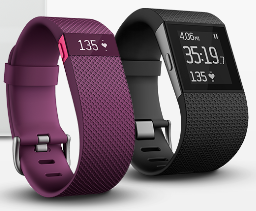Despite Estimate of 37 Years to Crack iPhone, Government Doesn’t Have to Return it – Yet: eDiscovery Case Law
Tired of stories about COVID-19? So are we. So, here’s an interesting case to take a look at instead. :o)
In U.S. v. Morgan, No. 1:18-CR-00108 EAW (W.D.N.Y. March 6, 2020), New York District Judge Elizabeth A. Wolford denied the defendant’s Motion for Return of Property Under Federal Rule of Criminal Procedure 41(g), ruling that “[t]he government’s evidentiary interest in the [defendant’s] iPhone outweighs Defendant’s interest in its return, at least at this stage of the proceedings”.
Case Background
In this case involving a Superseding Indictment alleging conspiracy to commit wire fraud and bank fraud served on this defendant on May 21. 2019, a search warrant over a year earlier was issued for Morgan Management, LLC, which included search and seizure of “multiple servers, computers or storage media … including but not limited to … devices … associated with … Robert Morgan.” Later the same month that the search warrant was issued, a 62-count indictment was returned against other defendants, but Robert Morgan was not initially named in the indictment.
Nonetheless, sometime in May of 2018, the government started to try to crack the defendant’s iPhone’s passcode, using a device called “GrayKey”, which uses “brute force” to try and access the iPhone, a process by which a computer program enters potential passcodes seriatim until the correct passcode is revealed. A six-digit passcode yields 1,000,000 potential passcode combinations, but the iPhone’s hardware only allows two or three passcode attempts each hour. Even though this defendant wasn’t charged until a year later, GrayKey’s “painstaking” efforts to unlock the iPhone continued, with “a mere 960,526 possible passcodes” remaining as of January 9, 2020. As a result, on January 2, 2020, the defendant filed a Motion for Return of Property Under Federal Rule of Criminal Procedure 41(g).
While the government argued that it was the defendant’s burden to show that either the seizure was illegal or the government’s need for the device as evidence has ended, the defendant argued that regardless of the government’s stated need for the property, it was unreasonable for the government to continue its retention of the iPhone.
Judge’s Ruling
Judge Wolford noted that “Rule 41(g) allows ‘[a] person aggrieved by an unlawful search and seizure of property or by the deprivation of property [to] move for the property’s return…. If it grants the motion, the court must return the property to the movant, but may impose reasonable conditions to protect access to the property and its use in later proceedings.’” But she also noted that “Defendant does not argue that the government’s continued possession of the iPhone and its efforts to access it constitute an untimely seizure. Instead, Defendant argues that his interest in his iPhone and the information contained therein exceeds the government’s interest in the device, and thus, the Court should order its return.”
With that in mind, after a review of the history of Rule 41(g), Judge Wolford stated: “Defendant argues that at its current pace, it may take the government 37 years to successfully unlock the iPhone. The Court agrees that anywhere close to 37 years is an unreasonable time to retain the iPhone. This does not mean, though, that the government should be compelled to return it now. The government suggests that if it is successful, the contents of the iPhone could still be used at trial, regardless of when the contents are eventually accessed. At this stage of the proceedings—with a trial not scheduled to commence until next year…the Court agrees that there is still plenty of time for the government to access the iPhone’s contents. In the context of the current motion, the Court will not resolve whether that may cease to be the case as the trial date approaches. Indeed, the question of specifically how long the government can retain the device is not before this Court. There may very well come a point where the government’s retention of the iPhone is unreasonable—and that may be a time when the government continues to maintain that it needs the iPhone as evidence—but that date has not yet occurred.” As a result, Judge Wolford denied the defendant’s motion.
So, what do you think? How long can the government be allowed to retain a device to attempt to crack the password in a criminal litigation case? Please let us know if any comments you might have or if you’d like to know more about a particular topic.

Case opinion link courtesy of eDiscovery Assistant.
Here’s another interesting article about this case from David Horrigan of Relativity on Legaltech® News!
Sponsor: This blog is sponsored by CloudNine, which is a data and legal discovery technology company with proven expertise in simplifying and automating the discovery of data for audits, investigations, and litigation. Used by legal and business customers worldwide including more than 50 of the top 250 Am Law firms and many of the world’s leading corporations, CloudNine’s eDiscovery automation software and services help customers gain insight and intelligence on electronic data.
Disclaimer: The views represented herein are exclusively the views of the author, and do not necessarily represent the views held by CloudNine. eDiscovery Daily is made available by CloudNine solely for educational purposes to provide general information about general eDiscovery principles and not to provide specific legal advice applicable to any particular circumstance. eDiscovery Daily should not be used as a substitute for competent legal advice from a lawyer you have retained and who has agreed to represent you.







